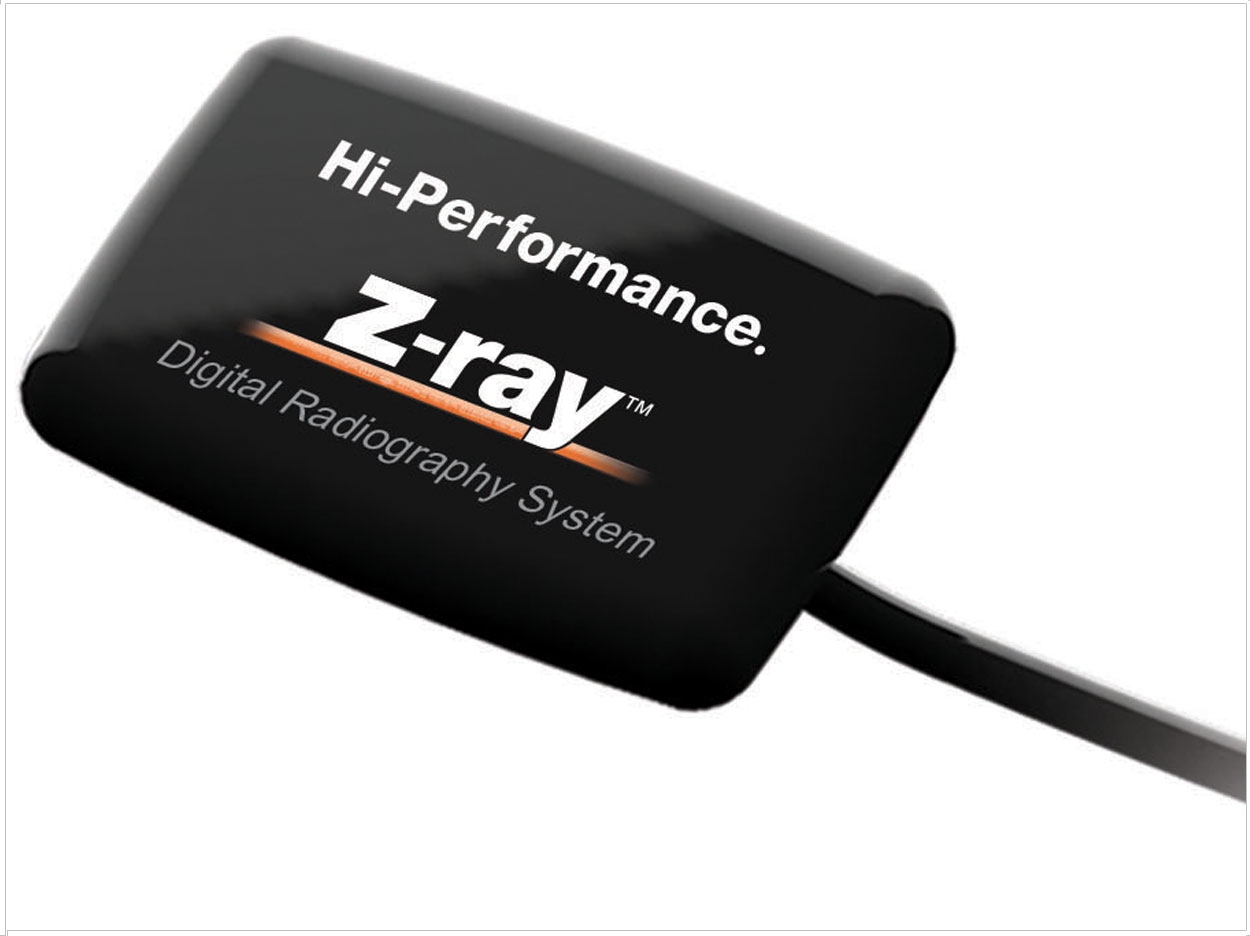
The Z-Ray digital sensor and Z-Image imaging software from Zuma Dental are designed to provide superior quality while cutting costs. In a study conducted by The Dental Advisor that asked users to take the same bite-wings with the same x-ray heads and settings on the same patient, they outperformed systems from Dexis, Sirona, and Carestream. More than 75% of the users selected the image captured by the Z-Ray.
Zuma Dental also notes that most practices only can afford to buy one sensor, which then gets shuttled around from operatory to operatory. This affects productivity and wears the sensor out, degrading image quality, in turn costing the practice thousands of dollars each year. As an alternative, the company offers its “Live the Dream” pricing strategy.
“There is no real financial reason that a doctor can’t put our high-performance digital sensor in every operatory,” said Robert Hayman, CEO of Zuma Dental. “Having a sensor in each operatory removes the need for plugging and unplugging the sensors, therefore increasing the durability and lifespan of each sensor.”
For enhanced durability, the Z-Ray’s Kevlar-reinforced sensor cord uses a medical-grade Lemo connector rated for 100,000 cycles instead of a standard USB connector rated for 1,500 cycles. The Lemo connector attaches the Z-Ray to the USB box, which is then connected to the workstation via standard USB. The USB box very rarely will need to be unplugged from the workstation.
Also, the Z-Ray’s thicker and denser scintillator, which converts radiation to light output, uses cesium-iodide technology to produce higher-intensity light and a smoother light output. No areas on the scintillator produce less light than any other areas, producing a clean and crisp image with superior contrast ratios without any hotspots or signal degradation.
Thicker than its competition, the sensor’s fiber-optic plate contributes to image quality as well since it focuses and filters energy better, according to the company. Yet patients do not notice this extra thickness, so there is no negative effect on comfort. And overall, the 16-bit resolution with 22 line pairs per millimeter means higher resolution and less pixilation.
The Z-Ray, which is not compatible with other imaging software, requires the company’s Z-Image software to run. Compatible with other digital imaging hardware such as cameras and scanners, Z-Image offers 9 different arrays of manual enhancements and filters, including contrast, brightness, gamma, sharpness, and noise reduction.
“We’ve developed some of the most powerful image enhancement tools, similar to those in photo editing software like Adobe Photoshop, and made them available in a simple user interface,” said Hayman.
Z-Image also offers 5 one-click enhancements—general practice, endodontic, periodontic, restorative, and implant—called presets or preset filters. With these filters, users can apply a variety of manual enhancements in one click. The endodontic preset, for instance, applies enhancements that highlight the pulp chamber and make areas of interest easier to see.
“Currently, no other imaging software offers as many presets,” said Hayman.
Zuma Dental also offers full database conversion so users can take their current database and import it into Z-Image without losing any data. The software additionally provides billing integration with all major practice management software, including Henry Schein’s Dentrix, Open Dental, Patterson Dental Supply’s Eaglesoft, Carestream’s Practiceworks and SoftDent, and the Bridge Network’s Tracker.
Customers get free access to Zuma Dental’s Zuma Education Network (ZEN), which reduces training to less than 60 minutes. Its series of 3- to 5-minute videos and quizzes encompass the use of the software, sensor placement, x-ray power, exposure setting, and more.
Furthermore, Zuma Dental provides 2 levels of customer support. The Level 1 Support Center Analyst gets customers’ practices live on the system, answers all questions, and helps the office over the long run. The Level 2 Support Center Analyst tackles more sophisticated issues such as networking, systems integration, and information technology.
For more information, call (310) 300-5525 or visit zumadental.com.
Related Articles
Tougher Digital Sensor Improves Its Image
Videos Take Lighthearted Look at Digital Dentistry
Virtual Dental Homes Improve Care and Cut Costs












